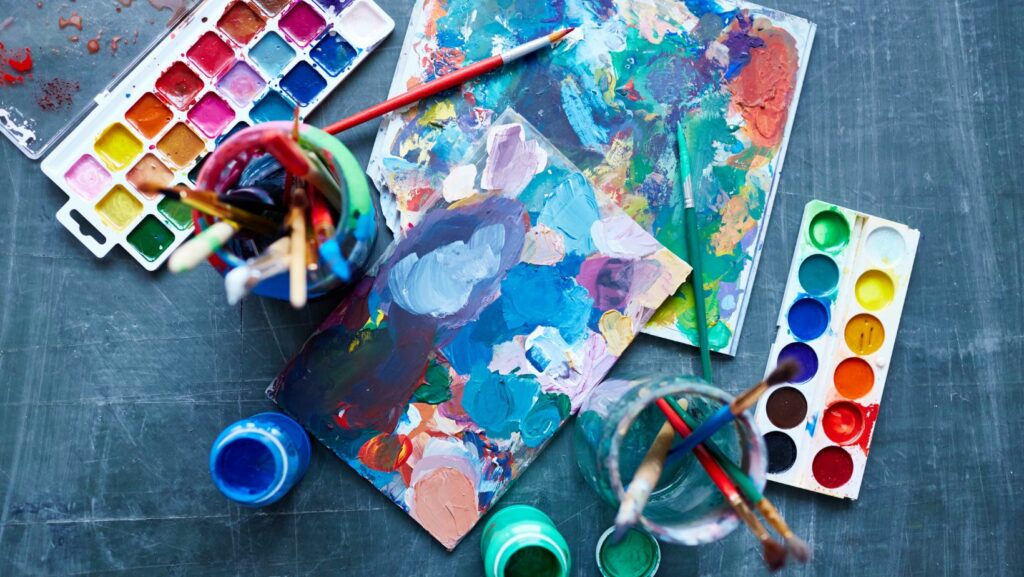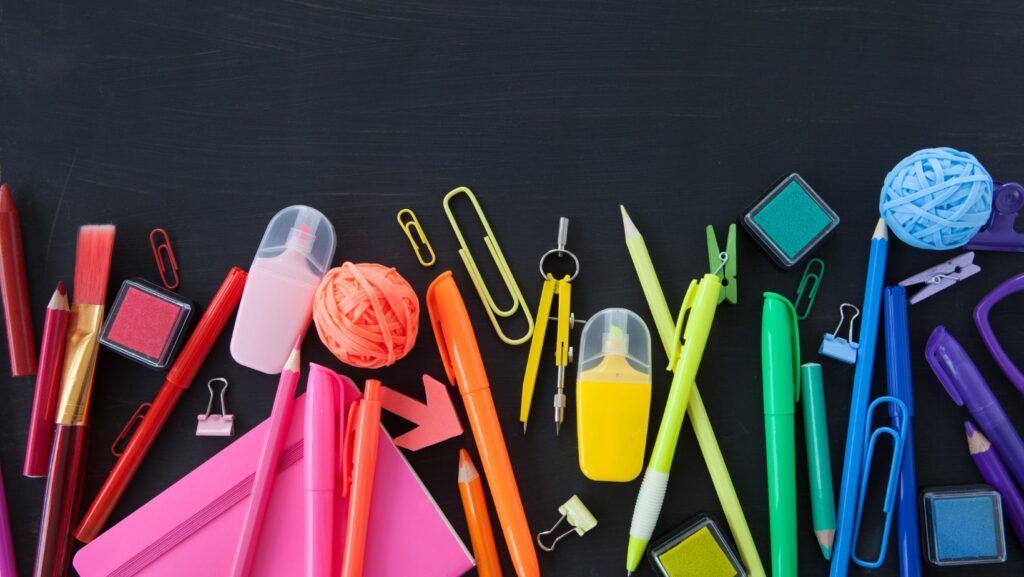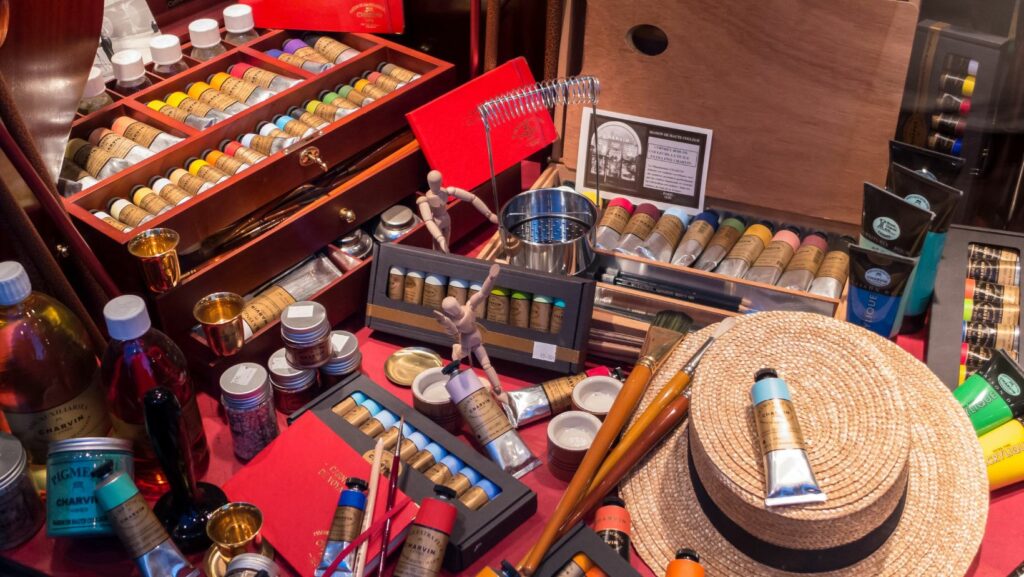Art Painting Supplies
- Essential Painting Supplies: Familiarize yourself with the fundamental tools needed for painting, including paints (acrylic, oil, watercolor, gouache), brushes, canvases, and easels.
- Brush Types: Different brush types serve various purposes; round brushes are for detail work, flat brushes for broad strokes, and fan brushes for texture effects. Select based on your technique.
- Choosing the Right Paint: Paint types have different properties that affect your artwork. Acrylics are versatile and quick-drying, oils offer rich textures and blending time, while watercolors allow for delicate washes.
- Surface Selection: The surface you paint on, whether canvas, watercolor paper, or wood panels, influences adhesion and overall artwork quality. Choose according to your medium.
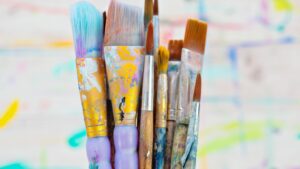
- Invest in Quality Tools: Higher-quality supplies enhance the creative process. Invest in good brushes, paints, and professional-grade surfaces to improve your results.
- Experimentation is Key: Don’t hesitate to try different materials and tools. Experimentation helps discover what works best for your unique style and can lead to artistic growth.
For artists, the right painting supplies can make all the difference in bringing their creative visions to life. Whether a seasoned professional or a budding enthusiast, understanding the essential tools and materials is crucial for achieving stunning results. From brushes to canvases and paints, each element plays a vital role in the artistic process.
Choosing the right art supplies can be overwhelming, especially with the vast array of options available. This guide explores the must-have painting supplies that every artist should consider, helping them navigate the world of art materials with confidence. With the right tools in hand, anyone can unleash their creativity and transform their ideas into captivating works of art.
Overview of Art Painting Supplies
Art painting supplies encompass a range of tools and materials essential for creating artwork. Understanding these supplies helps artists make informed choices that enhance their creative process.
Types of Paints
- Acrylic Paint: Quick-drying and versatile, acrylics work well on various surfaces, including canvas and paper.
- Oil Paint: Known for rich color and texture, oil paints require longer drying times and special solvents for cleanup.
- Watercolor Paint: Watercolors create soft washes and fine details, requiring specific watercolor paper to achieve desired effects.
- Gouache: An opaque watercolor, gouache provides vibrant colors and a matte finish, ideal for illustration and design work.
Brushes
- Round Brushes: Perfect for detail work and thin lines, available in various sizes for precision.
- Flat Brushes: Ideal for broad strokes and filling larger areas, often used in acrylic and oil painting.
- Fan Brushes: Used for texture and special effects, great for foliage or hair.
- Filbert Brushes: Versatile brushes that combine the qualities of round and flat, suitable for blending and detailing.
Surfaces
- Canvas: Traditional surface for painting, available in stretched or primed panels.
- Paper: Specialized paper exists for watercolors and acrylics, offering varying textures and weights.
- Wood Panels: Provide a sturdy base, allowing for detailed texture work in both acrylics and oils.
- Masonite: A smooth surface, ideal for acrylic pouring techniques and various mediums.
Other Essential Tools
- Palette: Holds and mixes paints, available in wood, plastic, or glass.
- Easel: Provides support for the artwork, adjustable for comfort during painting.
- Palette Knives: Used for mixing colors and applying thick layers of paint, also suitable for scraping techniques.
- Varnish: Protects finished artworks, adding depth and richness to colors.
Conclusion of Overview
Equipped with the right paints, brushes, surfaces, and other tools, artists can enhance their artwork’s quality and express their creativity effectively. Artist’s choices of supplies directly impact their creative outcomes, making knowledge of these materials vital for success in painting.
Types of Art Painting Supplies
Understanding the various types of art painting supplies enhances an artist’s effectiveness and expression. The main categories include brushes, paints, canvases, and easels.
Brushes
Brushes come in different shapes and sizes for diverse painting techniques. Round brushes work well for details and lines, while flat brushes excel in broad strokes and filling areas. Fan brushes create texture and soft edges. Filbert brushes combine round and flat features, ideal for blending. Each brush type contributes unique effects to a painting, allowing artists to refine their style.
Paints
Paints vary significantly in properties, with popular types being acrylic, oil, watercolor, and gouache. Acrylic paints dry quickly, making them suitable for layered techniques. Oil paints offer rich color depth and longer drying times, allowing for detailed blending. Watercolors provide transparency and fluidity, perfect for soft washes. Gouache, known for its opacity, combines traits of both watercolor and acrylic. Choosing the right paint impacts the execution and final appearance of artwork.
Canvases
Canvases serve as the foundation for many paintings, available in different materials and textures. Stretched canvases, typically made of cotton or linen, offer durability and are pre-primed for immediate use. Canvas boards provide a rigid surface for oil and acrylic paints. Watercolor paper features absorbent characteristics, designed specifically for watercolor techniques. Selecting the appropriate canvas affects paint adhesion and overall artwork quality.
Easels
Easels support canvases during the painting process, enhancing comfort and accessibility. Standing easels, adjustable in height, accommodate larger works and improve visibility. Tabletop easels suit smaller canvases and provide portability. Palette easels, designed for compact workspaces, can hold paint palettes alongside canvases. Using the right easel promotes stability and efficiency in an artist’s workflow.
Essential Art Painting Supplies for Beginners
Selecting the right art painting supplies proves crucial for beginners. Understanding the basics enhances the painting experience and leads to successful creations. Here’s a breakdown of essential supplies every aspiring artist should have.
1. Paints
- Acrylic Paint: Fast-drying and versatile, acrylics work well on various surfaces. They are water-soluble when wet, making clean-up easy.
- Watercolor Paint: Known for its transparency, watercolor creates delicate washes. It requires specific watercolor paper to achieve optimal results.
- Oil Paint: Rich in color and texture, oil paint dries slowly, allowing for blending and layering techniques. Use with solvents for clean-up.
2. Brushes
- Round Brushes: Ideal for detail work and lines, round brushes come in various sizes for precision.
- Flat Brushes: Useful for broad strokes, flat brushes excel in filling large areas of color.
- Fan Brushes: Excellent for creating texture, fan brushes can produce effects like foliage in landscape painting.
3. Surfaces
- Canvas: A popular choice for acrylic and oil paints, canvas provides a durable surface that can handle multiple layers.
- Watercolor Paper: Specially designed for watercolor, it absorbs water without warping, allowing for elaborate techniques.
- Wood Panels: Offering a sturdy alternative, wood panels work well with all paint types and provide a smooth painting surface.
4. Palettes
- Plastic Palettes: Easy to clean, plastic palettes are lightweight and affordable, making them ideal for beginners.
- Glass Palettes: Durable and resistant to staining, glass palettes allow for easy mixing and color visibility.
- Disposable Palettes: Convenient for quick clean-up, disposable palettes are perfect for outdoor painting or on-the-go artists.
5. Easels
- Tabletop Easels: Compact and portable, tabletop easels fit on desks or tables, perfect for smaller spaces.
- Full-Size Easels: Adjustable and sturdy, full-size easels accommodate larger canvases and provide a more ergonomic painting experience.
- Palette Knives: Useful for mixing paints and applying thick layers, palette knives can create unique textures and effects.
- Varnish: Protects finished paintings and enhances color vibrancy. Use spray or liquid varnish based on the painting medium.
- Rags or Paper Towels: Essential for clean-up, they assist in wiping brushes and correcting mistakes during the painting process.
Equipping oneself with these essential art painting supplies ensures a smooth start to the artistic journey. Understanding and utilizing these materials fosters creativity and skill development in painting.
Advanced Art Painting Supplies for Professionals
Artists seeking to elevate their craft often turn to advanced painting supplies that offer superior quality and versatility. These supplies are essential for achieving intricate details, vibrant colors, and textured effects in professional artwork.
High-Quality Paints
- Oil Paints: Known for their richness and depth, oil paints provide excellent blending capabilities and a slow drying time. Brands like Winsor & Newton and Gamblin are favored for their pigmentation.
- Acrylic Paints: Fast-drying and versatile, professional-grade acrylics like Golden and Liquitex offer heavy body formulations that maintain texture and finish.
- Watercolors: High-quality watercolors such as Daniel Smith and Schmincke feature intense color and transparency, perfect for layered techniques.
- Gouache: This opaque watercolor provides a matte finish and allows for vibrant artwork. Brands like M. Graham produce top-tier gouache suitable for specialists.
Specialized Brushes
- Filbert Brushes: With a rounded tip, filbert brushes allow for soft edges and blending, ideal for creating detailed textures.
- Fan Brushes: These brushes excel in creating grass, foliage, and texture, making them indispensable for landscape paintings.
- Stiff-Brushes: Hard-bristled brushes assist in heavy paint applications and impasto techniques, adding dimension to artwork.
- Detail Brushes: Fine detail brushes are crucial for intricate work, enabling artists to achieve precision in smaller areas.
Premium Surfaces
- Canvas Panels: Stretched canvas panels offer durability and support for large-scale works, with brands like Ampersand providing high-quality options.
- Rag Paper: 100% cotton rag paper, such as Arches, offers lasting quality and texture for watercolor and mixed media applications.
- Wood Panels: Artists use wood panels treated with gesso for a sturdy, smooth surface, which enhances paint adhesion and longevity.
Advanced Tools
- Palettes: Professional artists utilize glass or wooden palettes for easy mixing and cleanup, ensuring color integrity.
- Easels: Sturdy, adjustable easels, such as those by Mabef, provide stability and support for various canvas sizes.
- Palette Knives: These tools facilitate texture and layering in paintings, allowing for scraping and mixing directly on the canvas.
- Varnish: Professional artists select archival-quality varnish to protect their finished work and ensure longevity.
- Mediums: Specialized mediums like linseed oil or gel mediums for acrylics enhance transparency and modify drying times, providing artists with creative flexibility.
Investing in advanced art painting supplies significantly improves the quality and impact of professional artwork, enabling artists to explore new techniques and express their unique styles effectively.
Tips for Choosing the Right Art Painting Supplies
- Determine the Medium: Choose the appropriate paint medium based on personal preference and project needs. Acrylics dry quickly and are versatile, while oils offer blending time. Watercolors are ideal for transparency, and gouache provides opacity.
- Select Quality Brushes: Invest in high-quality brushes that match the chosen medium. Synthetic brushes work well with acrylics, while natural bristles excel with oils. Choose brush shapes like round for detail, flat for broad strokes, and fan for texture effects.
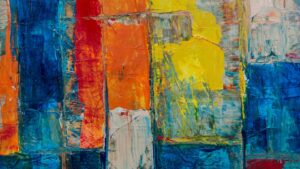
- Consider Surface Texture: Select painting surfaces with properties suitable for the chosen paint. Stretched canvases provide stability, watercolor papers absorb moisture well, and wood panels offer durability.
- Choose an Appropriate Palette: Use palettes that complement the painting style. A glass palette facilitates easy mixing, while disposable palettes simplify cleanup. Select sizes that provide enough space for color mixing.
- Evaluate Easel Options: Pick an easel that matches the workspace and painting size. Tabletop easels are suitable for smaller spaces, while full-size easels accommodate larger canvases and enhance comfort during extended sessions.
- Include Essential Accessories: Collect additional tools to improve the painting process. Palette knives assist with mixing and applying paint, while varnishes protect finished works. Cleaning materials like brush soap and rags maintain tool quality.
- Budget Wisely: Balance quality with budget constraints. Seek supplies that offer the best value without compromising performance. Many reliable brands provide quality materials at varying price points.
- Experiment and Adapt: Test different supplies to discover personal favorites. Art supplies significantly affect the creative process, so adaptability leads to improved techniques and results over time.
A Foundation for Creativity
Choosing the right art painting supplies can significantly impact an artist’s creative journey. Whether one is a beginner or a seasoned professional understanding the nuances of brushes paints and surfaces is crucial for achieving desired results. Investing in quality materials not only enhances the artistic process but also allows for greater experimentation and expression.
By exploring various tools and supplies artists can find what resonates with their unique style and preferences. This knowledge empowers them to create with confidence and clarity. Ultimately the right supplies serve as a foundation for creativity enabling artists to bring their visions to life.

